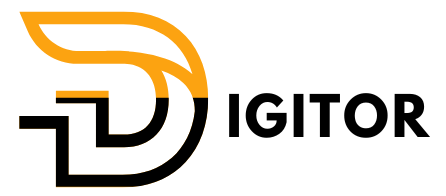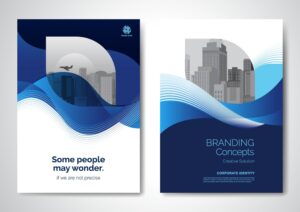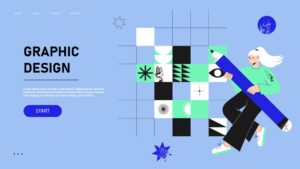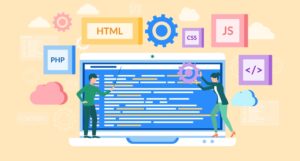Exploring Digital Illustration in Modern Graphic Design
Introduction
Digital illustration has transformed the world of graphic design, offering new ways to create visually captivating and innovative content. Unlike traditional illustration, digital illustration leverages technology to provide flexibility, precision, and an array of creative possibilities. In this blog, we’ll delve into how is shaping modern graphic design and explore its benefits and applications.
What is Digital Illustration?
Defining Digital Illustration
Digital illustration refers to artwork created or enhanced using digital tools and software. Unlike traditional illustration, which uses physical mediums like pencils or paints, is produced on computers or tablets with graphic design software. This approach allows artists to experiment with various styles, techniques, and effects with greater ease and efficiency.
The Evolution of Digital Illustration
Digital illustration has evolved significantly over the years, thanks to advancements in technology. Early were simple and limited by hardware constraints, but today’s sophisticated software offers artists a vast array of tools and options. This evolution has broadened the scope of what’s possible in graphic design, enabling more complex and visually stunning creations.
Benefits of Digital Illustration in Graphic Design
1. Flexibility and Experimentation
One of the most significant advantages of is the flexibility it offers. Artists can easily make changes, experiment with different styles, and try out various color palettes without the need for physical materials. This flexibility not only speeds up the design process but also allows for greater creativity and experimentation.
2. Precision and Control
Digital tools provide a level of precision and control that’s difficult to achieve with traditional methods. Artists can create intricate details, adjust elements with pixel-perfect accuracy, and fine-tune their work to meet exact specifications. This precision is particularly valuable in graphic design, where details can make a significant difference in the final product.
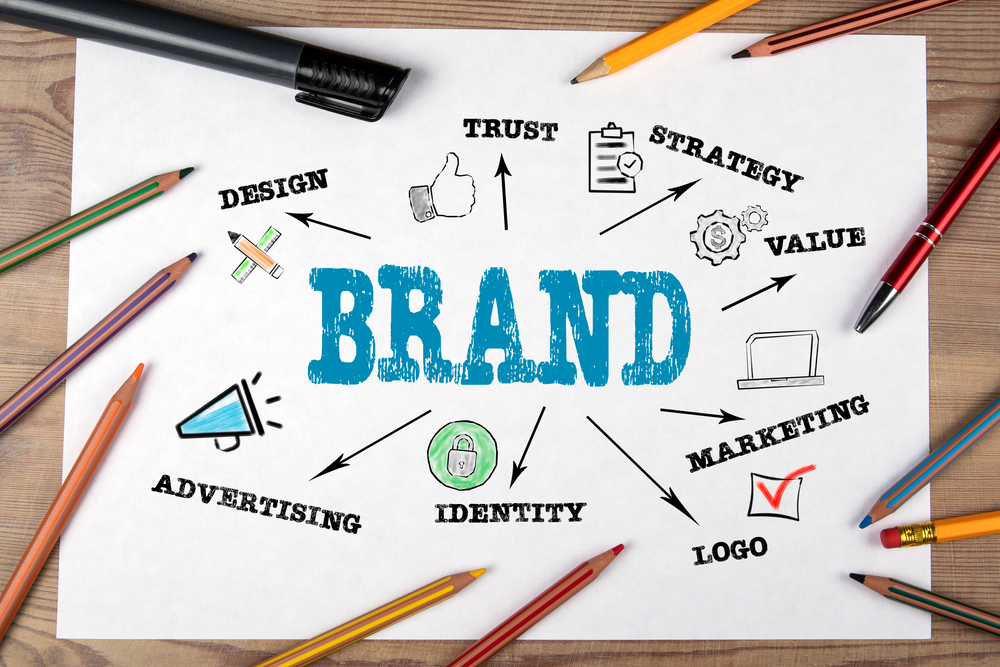
3. Efficiency and Speed
Digital illustration can streamline the design process, making it faster and more efficient. Features like layers, undo options, and digital brushes allow artists to work more quickly and make adjustments on the fly. This efficiency is crucial in meeting tight deadlines and managing multiple projects simultaneously.
4. Easy Integration with Other Digital Media
Digital illustrations can be easily integrated with other digital media, such as animations, interactive graphics, and web design elements. This integration allows for cohesive and dynamic visual content that enhances user engagement and overall design quality.
Applications of Digital Illustration in Graphic Design
1. Branding and Identity
Digital illustration plays a vital role in branding and identity design. Custom illustrations can help create a unique and memorable brand image that sets a business apart from its competitors. From logos and icons to mascots and brand patterns, adds a personal touch to brand identity.
2. Marketing and Advertising
In marketing and advertising, are used to create eye-catching visuals that capture attention and convey messages effectively. Whether it’s for social media graphics, print ads, or promotional materials, can make content more engaging and visually appealing.
3. User Interface (UI) Design
Digital illustration is increasingly used in user interface (UI) design to enhance the visual appeal and usability of digital products. Custom icons, illustrations, and graphics can improve navigation, highlight key features, and create a more intuitive user experience.
4. Editorial Design
In editorial design, add visual interest to articles, magazines, and books. They can help break up text, illustrate complex concepts, and create a cohesive look throughout the publication. in editorial design enhance readability and engagement.
Getting Started with Digital Illustration
Choosing the Right Tools
To get started with you’ll need the right tools. Popular software options include Adobe Illustrator, CorelDRAW, and Procreate. Additionally, a graphic tablet or stylus can enhance your drawing experience and precision. Choosing the right tools depends on your specific needs and preferences.
Learning and Practice
Digital illustration requires practice and a willingness to learn. Online tutorials, courses, and design communities can provide valuable resources and feedback. Experimenting with different techniques and styles will help you develop your skills and find your unique artistic voice.
Staying Updated
The field of is constantly evolving with new tools, techniques, and trends. Staying updated on the latest developments and incorporating them into your work will keep your designs fresh and relevant.
Conclusion
Digital illustration is a powerful tool in modern graphic design, offering unparalleled flexibility, precision, and creative potential. By leveraging digital tools and techniques, designers can create stunning visuals that enhance branding, marketing, and user experiences. Ready to explore the possibilities of for your next project? Contact us to get started.
For more insights into digital illustration and its impact on graphic design, check out Smashing Magazine for design trends and resources, or visit Creative Bloq for tips and inspiration.
Explore more related articles to deepen your understanding and make informed choices about graphic design techniques
Why Custom Website Development is Essential for Your Brand
How to Choose the Best Graphic Design Services for Your Business
